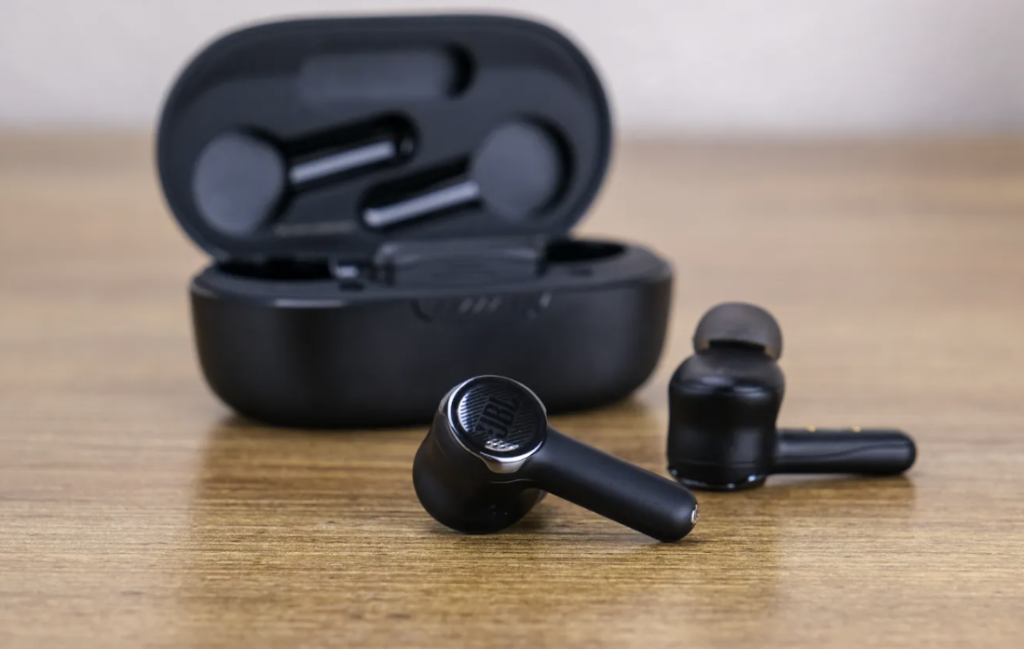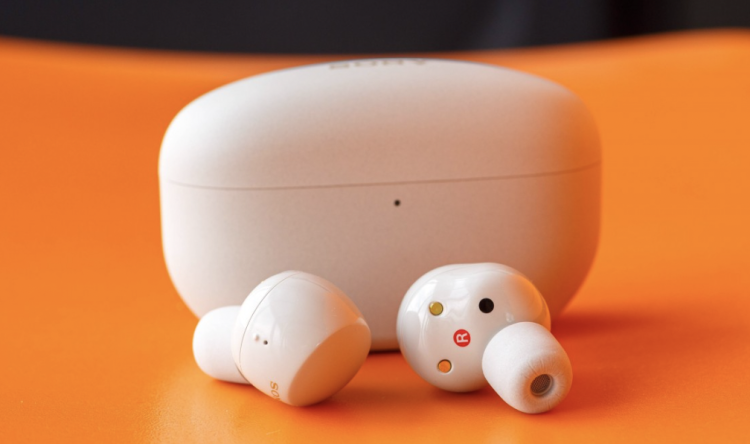From a niche market innovation to an essential everyday accessory, True Wireless Stereo (TWS) earbuds have experienced an explosive development over the past eight years. Reflecting on my own circle, it’s rare to encounter someone who doesn’t use Bluetooth earphones.
Ubiquitous Yet Overlooked Functions
Discovering Hidden Features
Despite their ubiquity, many are unaware of the full range of functionalities offered by wireless earphones, such as track skipping or volume control. The majority of users seem to be familiar with basic commands like single-tap to pause and a double-tap to skip but remain oblivious to the extent of features these deceptively simple gadgets possess.
The Complexity of Simplicity
Interactions That Fade Into the Background
The interaction I experienced with my first pair of TWS earphones, the Galaxy Buds by Samsung, was limited to inserting them and pairing with my iPhone. But when a stray touch paused my music, it felt like discovering a secret, albeit an annoyingly hidden one, within the glossy façade of the earphones’ surface.

Intuitive Physical Cues
Improvements in Design
Later iterations, like the AirPods Pro and AirPods 3rd generation, shifted to press-based interactions with concave indentations that naturally guided users’ fingers to control functions.
New entries like the Samsung Galaxy Buds 3 have introduced new forms of tactile interaction like pinching and sliding, which are picked up intuitively by users despite their first impressions.
The Deep End of Headphone Interactions
Beyond the Surface
While the current buttonless and sleek design trend in technology can be aesthetically pleasing, it often leads to a ‘counterintuitive’ user experience. Consider the Sony WH-1000XM3 headphones: discovering that the smooth right ear cup was not just for show but also a touchpad for various controls could leave one mystified without a deliberate search.

Intricacies of Invisible Interactions
Meaningful Feedback in Design
The challenge for manufacturers is not just to design interactions that are easily discovered but also to provide the right kind of feedback. While some products struggle to offer intuitive physical feedback mechanisms, others like the AirPods Pro brilliantly simulate a tactile response with distinct sounds for different interactions.
Anticipating the Future of TWS Interaction
Gesture and Environment-Responsive Controls
Apple is rumored to be exploring gesture controls and environmental awareness for future AirPods, which might lead to an even more seamless experience. The idea is for earbuds to adjust themselves automatically according to the surrounding environment, such as raising noise cancellation levels on a noisy subway.
Towards Less Is More in Interactions
AI-Driven Personalization
In the future, AI integration could personalize settings based on individual usage patterns across different environments. Instead of manual adjustments, AI could intelligently adjust noise cancellation, volume, and more, fulfilling the promise of technology that is truly adaptable and ‘invisible’ in terms of interaction.
Our pursuit of the ultimate user experience with TWS earphones could, ironically, lead to the best interaction being no interaction at all – a world where AI-driven personalization anticipates and caters to our auditory needs without any physical input required.


















































Discussion about this post